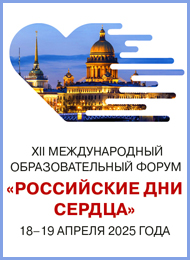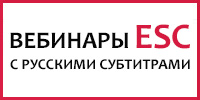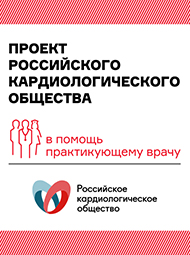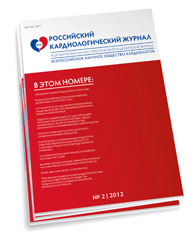Studies Explore Effectiveness of Telerobotics in Echocardiography
Telerobotics has become an emerging technology in the field of medicine, allowing physicians to conduct life-saving examinations across great distances through a mechanized proxy. A study published August 11 in JACC: Imaging found that the time of a patient’s diagnosis could be shortened by at least one month with the inclusion of a remote echocardiography and cardiology teleconsultation at a primary health care center, as compared to the standard of care consultation approach wherein the patient needed to visit a secondary/tertiary care hospital.
The randomized study, led by Kurt Boman, MD, PhD, Research Unit, Medicine, Skellefteå, Department of Public Health and Clinical Medicine, Umeå University, Umeå, Sweden, included 38 patients suspected of heart failure at a primary health care center in rural Storuman. A remote echocardiographic examination was conducted on the same day from Skellefteå, the county hospital located 135 miles away. With 19 patients allotted to the remote consultation and imaging, and the other 19 to the stand of care consultation, the total process time was significantly reduced using the remote method with a median of time of 26.5 days vs. 114 days (p < 0.001). Of the 19 patients in the remote consultation, 17 (89 percent) responded favorably to the examination’s approach and found the experience comparable to the standard examination. All patients in the remote consultation were satisfied with the information provided, and 95 percent believed that they received faster care compared with the traditional care.
The authors note that their study demonstrated “a substantial reduction in the time to delivery of care in the remote consultation arm, including the possibility of a rapid specialized consultation for heart failure patients in a remote rural region where advanced medical facilities are not available.” Further, “in the power calculation, we estimated that the remote consultation had the potential to reduce the process time by at least 1 month.”
Meanwhile, a separate study led by Partho Sengupta, MD, FACC, of Zena and Michael A. Wiener Cardiovascular Institute, Icahn School of Medicine at Mount Sinai, New York, utilized a customized, lightweight, human-safe robotic arm for low-force, long-distance, telerobotic ultrasonography. Sengupta and his team conducted simulations from master stations located in New York City and Munich, Germany, imaging a phantom and human volunteer located at a slave station in Massachusetts using a standard internet bandwidth. Tracking the data from the robotic arm to understand the time efficiency of beginner and expect sonographers in their operation of the arm, Sengupta and his team found that long-distance (i.e. trans-Atlantic) telerobotic echocardiography is feasible and can be rapidly learned by sonographer for cost-effective resource utilization.
Ultimately, the authors conclude that moving forward, “these advances are particularly relevant for the emerging field of telemedicine and will help address the existing deficiencies in global health care access.”
Source: www.cardiosource.org






